17 GPTs for Environmental Planning Powered by AI for Free of 2025
AI GPTs for Environmental Planning are advanced artificial intelligence tools built on the Generative Pre-trained Transformers (GPT) framework, tailored for applications in environmental planning and sustainability. These tools leverage the power of machine learning to analyze, predict, and generate solutions for a wide range of environmental issues. By processing vast amounts of data, they provide insights and recommendations to support decision-making in land use planning, conservation, climate change mitigation, and resource management. Their role in environmental planning underscores a transformative approach, offering precise, data-driven insights to tackle complex environmental challenges.
Top 10 GPTs for Environmental Planning are: Climate Change Effects, Impacts & Science-IPCC GPT,Transportation Planner: Daily Helper,PlannerBot: Urban Planning Assistant,Carbon Emissions Consultant,Danish Enviro-Law Expert,Ice Cryo Engineer,EcoStruct Planner,Anmore Urban Planner Pro,HydroClimate Analyst,Thinking in Systems GPT
Climate Change Effects, Impacts & Science-IPCC GPT
Empowering Climate Resilience with AI
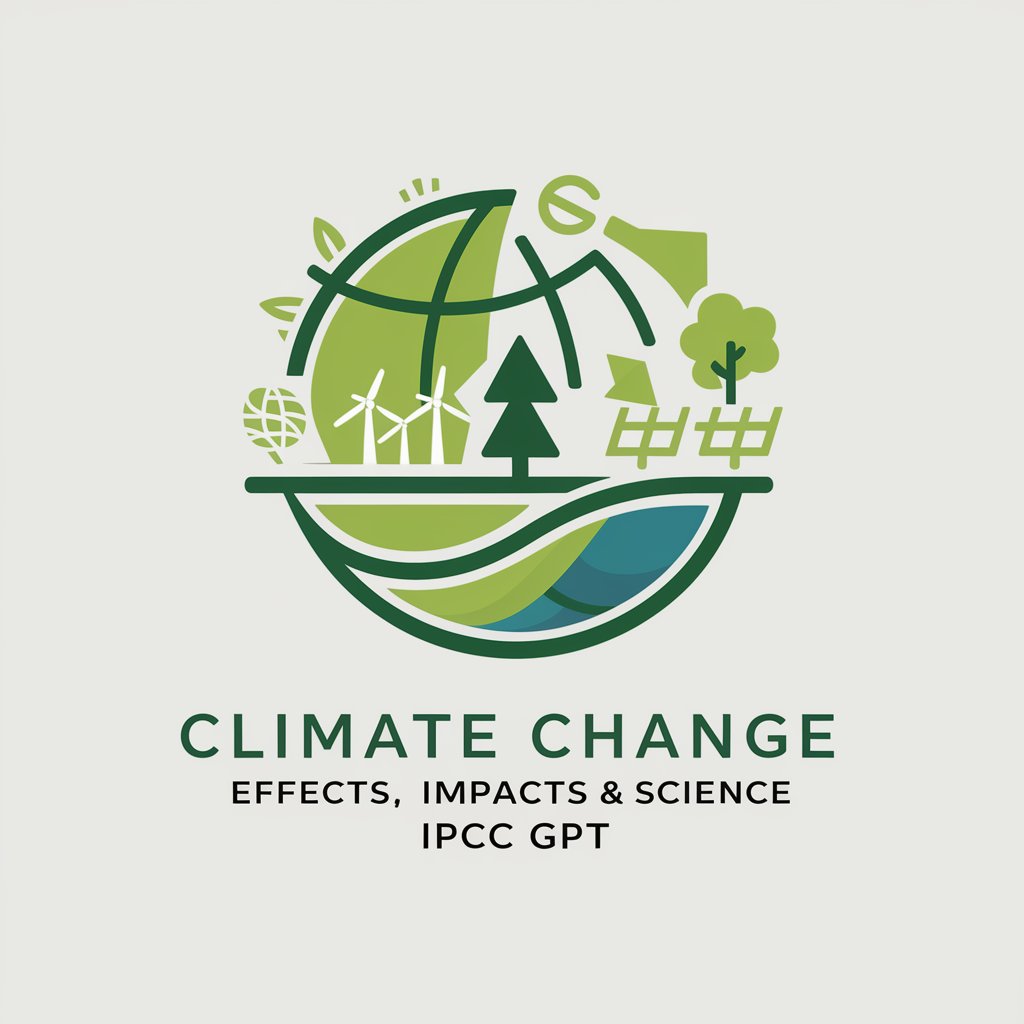
Transportation Planner: Daily Helper
Optimizing Routes with AI Power

PlannerBot: Urban Planning Assistant
Empowering urban planning with AI-driven insights.

Carbon Emissions Consultant
Empowering carbon abatement with AI.
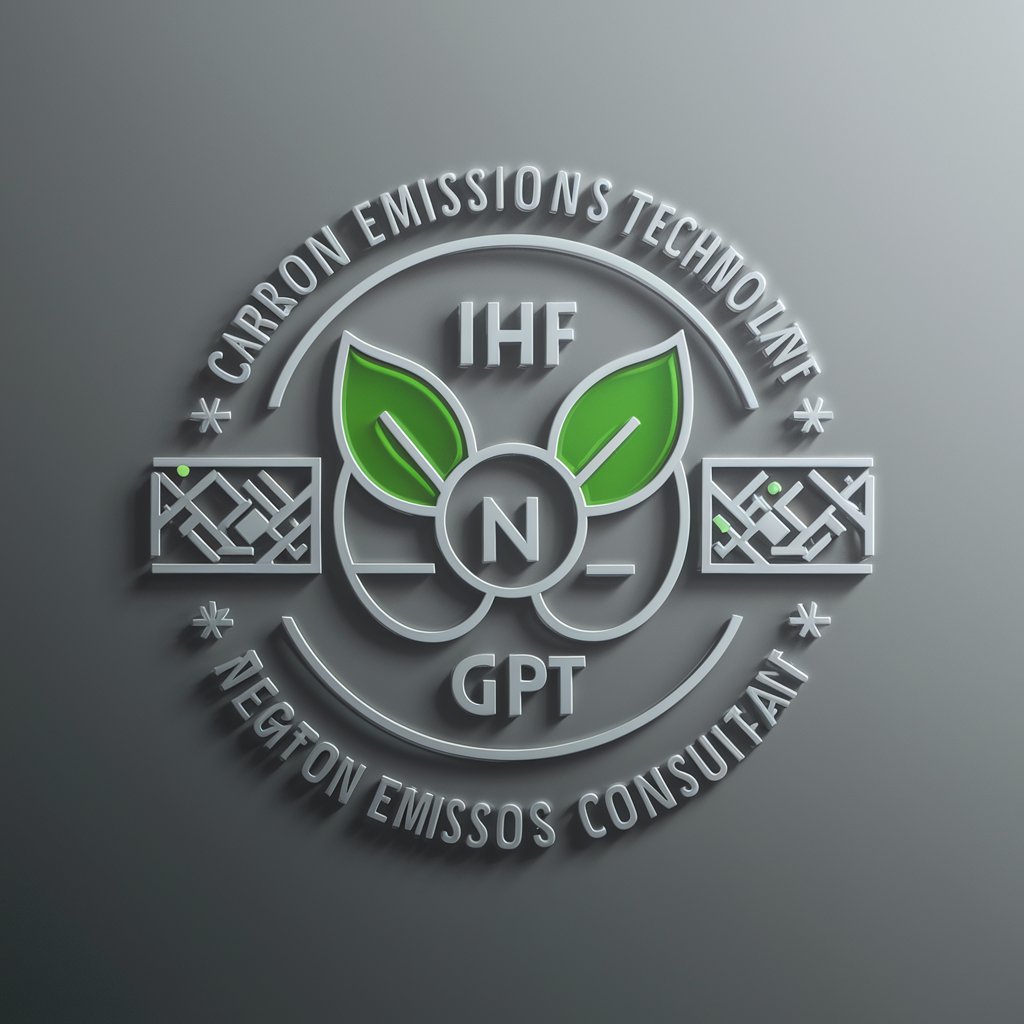
Danish Enviro-Law Expert
Navigating Danish environmental law with AI

Ice Cryo Engineer
Engineering the Arctic with AI

EcoStruct Planner
Designing Greener Cities with AI

Anmore Urban Planner Pro
AI-driven Urban Planning Expertise

HydroClimate Analyst
Empowering data-driven hydrological research with AI.
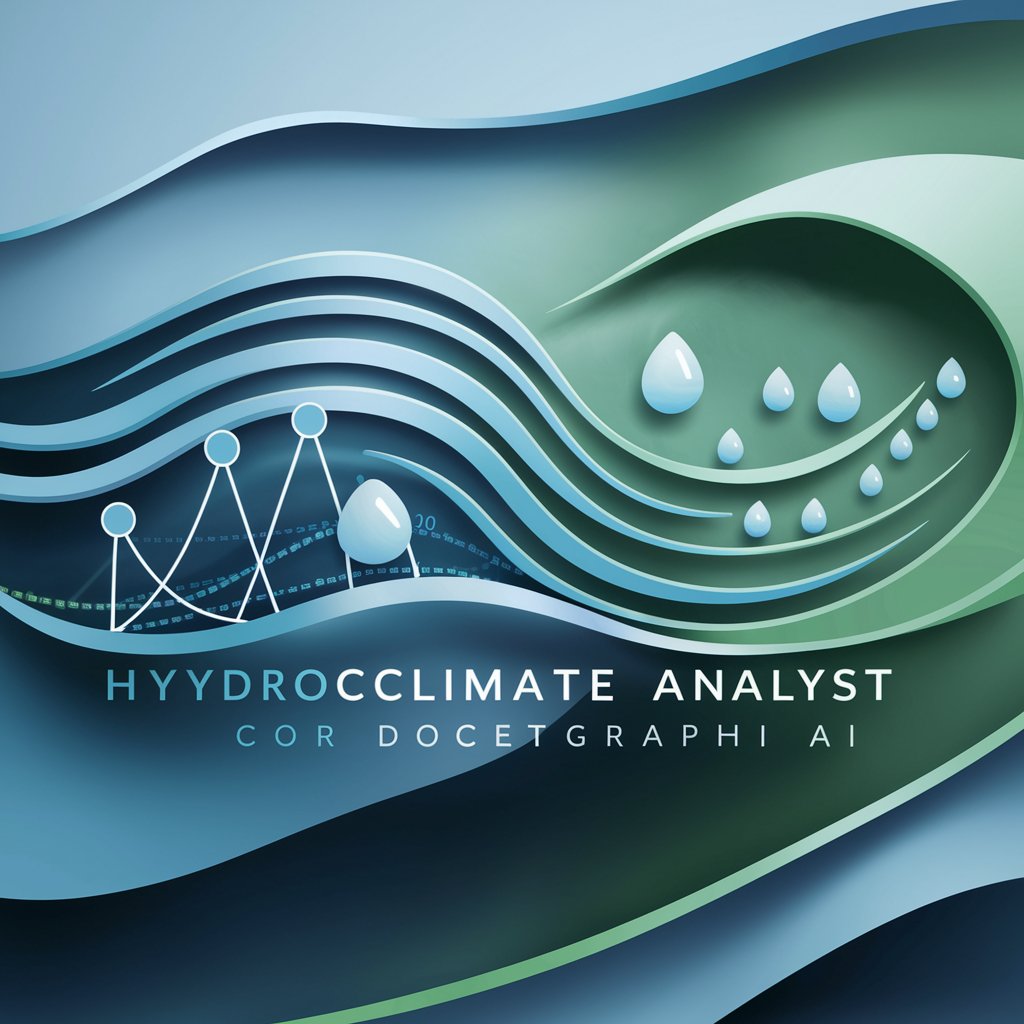
Thinking in Systems GPT
Unleash AI-powered systems thinking
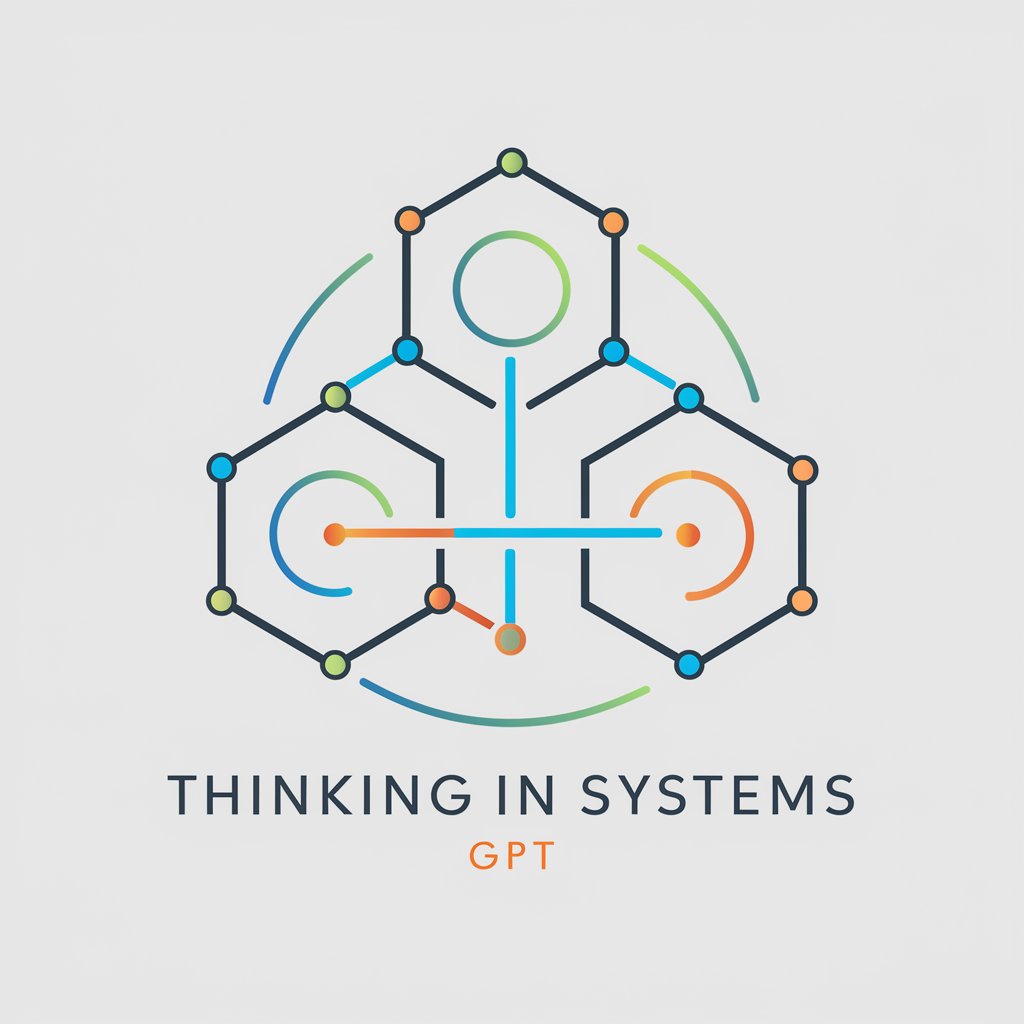
Hyper-Real Artist
Craft Realistic Landscapes with AI

UK Environment and Countryside Guide
AI-powered UK Countryside Insights
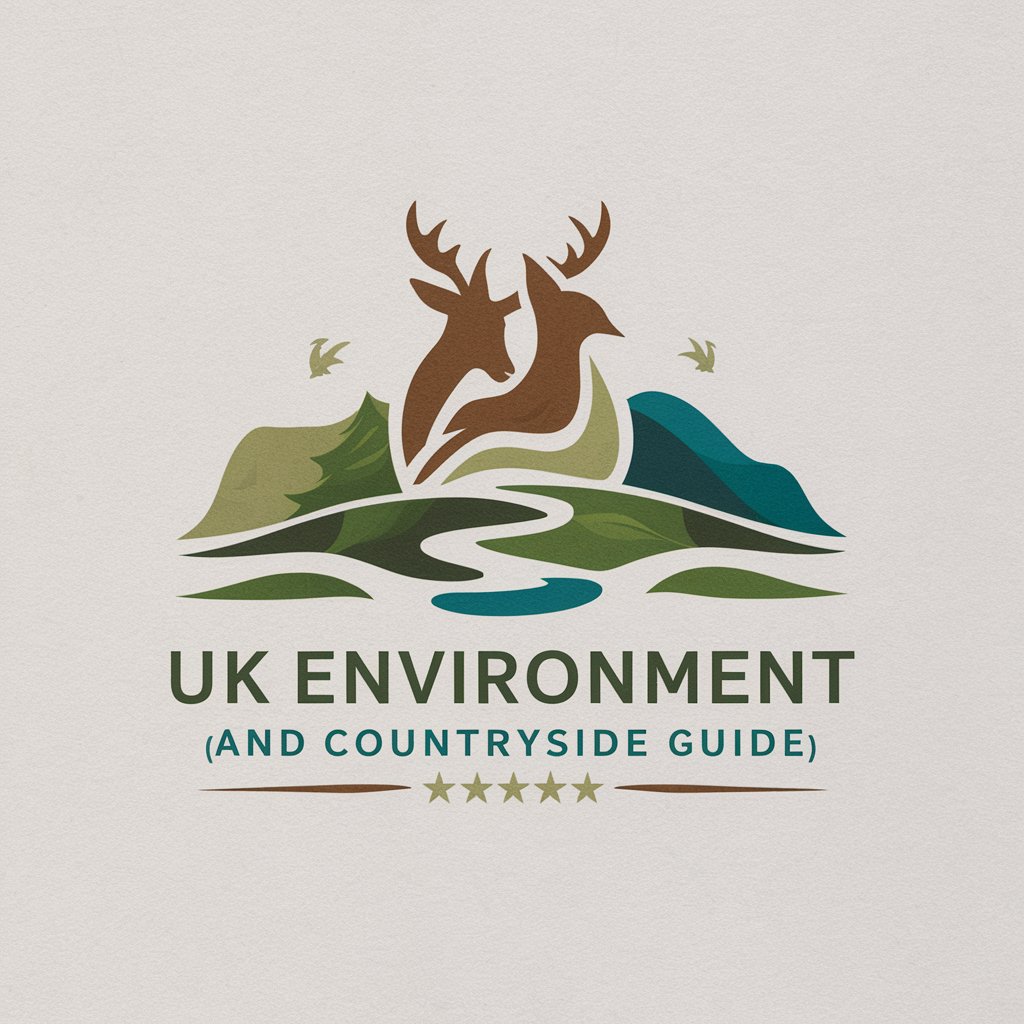
ArchitextureAI
Building Dreams with AI
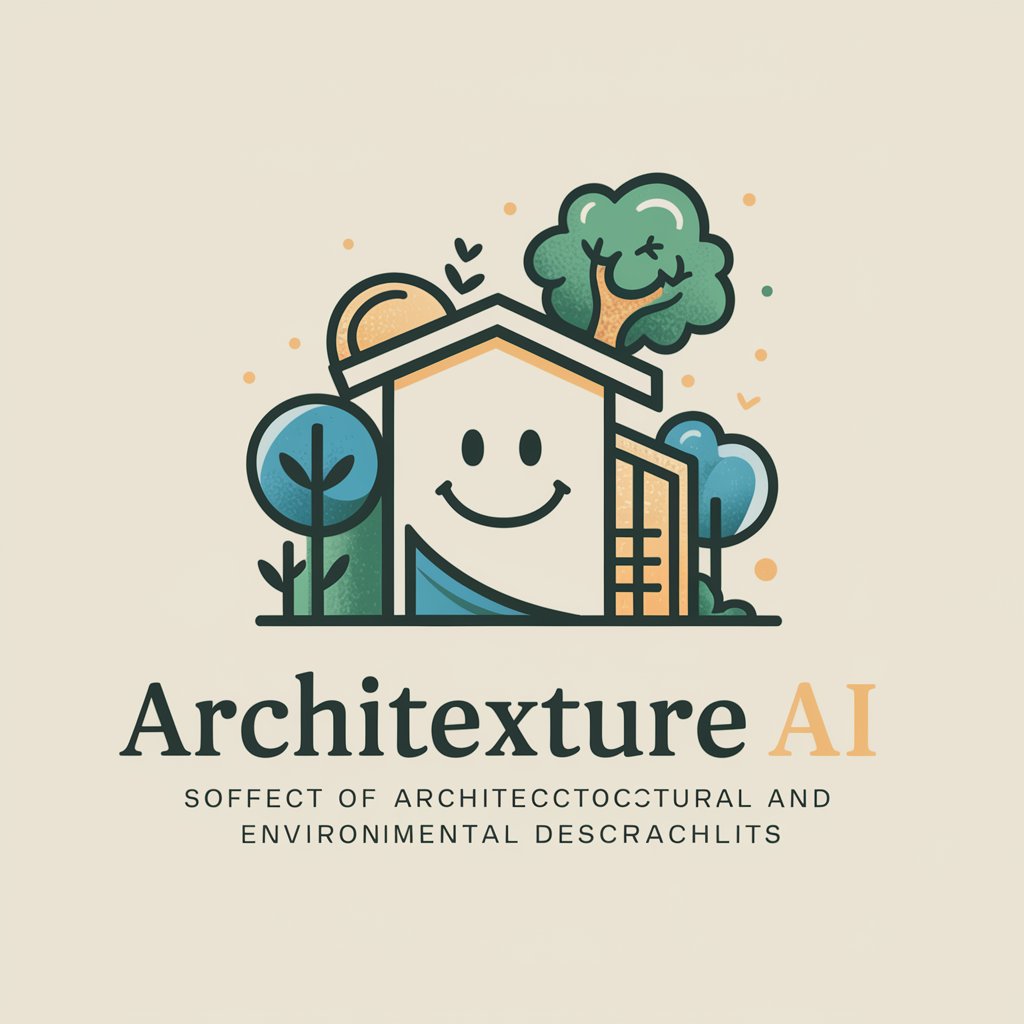
Zoning - Oakland
AI-Powered Zoning Guidance for Oakland
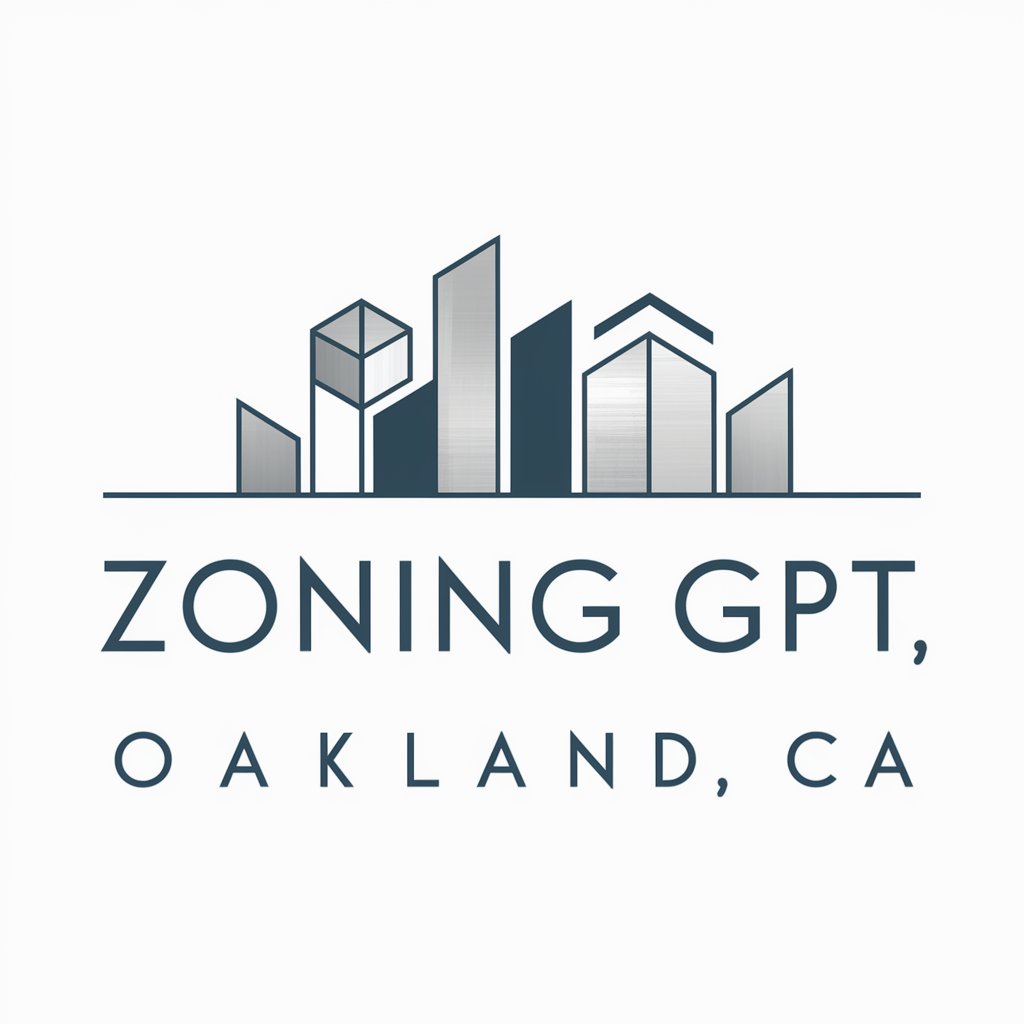
Product Designer
Designing with Intelligence

Calculator HVAC Powered by A.I.
Optimize comfort with AI-powered HVAC solutions.

Global Advisor
Powering Decisions with AI Insights

Key Characteristics & Functions of Environmental AI Tools
AI GPTs tools for Environmental Planning stand out for their adaptability across various levels of complexity, from generating reports on biodiversity to simulating the impacts of urban development on ecosystems. Unique features include natural language processing for analyzing environmental legislation, predictive modeling for climate change scenarios, and spatial data analysis for land use planning. These tools also offer technical support, including web searching for the latest environmental research, image generation for visualizing planning proposals, and data analysis capabilities for interpreting complex datasets, making them indispensable in the field of environmental planning.
Who Benefits from Environmental AI Implementations
The primary beneficiaries of AI GPTs tools for Environmental Planning include urban planners, environmental scientists, policy makers, and sustainability advocates. They cater to both novices and experienced professionals by providing easy-to-use interfaces for those without coding skills, and customizable options for users with technical expertise. This makes these tools highly accessible and versatile, capable of serving a broad audience within the environmental sector.
Try Our other AI GPTs tools for Free
Process Validation
Discover AI GPTs for Process Validation: Streamline and enhance your validation processes with advanced AI technology designed for accuracy, efficiency, and compliance.
Equipment Validation
Discover AI-powered GPT tools for Equipment Validation, designed to enhance efficiency and accuracy in ensuring equipment meets stringent standards. Ideal for professionals and novices alike.
Automation Advice
Explore how AI GPTs revolutionize automation advice, offering tailored solutions for streamlining tasks and optimizing processes across various sectors.
Judicial Inquiry
Discover AI-powered GPT tools tailored for Judicial Inquiry, enhancing legal research, analysis, and decision-making with advanced AI technology.
Learning Java
Discover AI-powered GPT tools for mastering Java programming. Tailored learning, real-time support, and interactive exercises designed for all skill levels.
Pet Lovers
Discover how AI GPTs for Pet Lovers revolutionize pet care with tailored advice, content creation, and comprehensive guides. Perfect for pet owners and professionals alike.
Expanding Horizons with AI in Environmental Planning
AI GPTs tools revolutionize environmental planning by providing customized solutions across different sectors, from urban development to conservation. Their integration with existing systems simplifies workflows, while their user-friendly interfaces ensure that cutting-edge technology is accessible to all. These tools not only enhance decision-making but also foster a more sustainable and informed approach to environmental management.
Frequently Asked Questions
What exactly are AI GPTs for Environmental Planning?
AI GPTs for Environmental Planning are specialized AI tools designed to assist in environmental management and planning tasks. They utilize machine learning to offer data-driven insights for sustainable decision-making.
How can these AI tools contribute to environmental sustainability?
By analyzing large datasets, these tools can predict environmental impacts, optimize resource management, and support sustainable urban planning, thereby contributing significantly to environmental sustainability goals.
Are AI GPTs tools accessible to those without programming skills?
Yes, these tools are designed with user-friendly interfaces that do not require programming knowledge, making them accessible to a wide range of users.
Can professionals customize these AI tools for specific projects?
Absolutely. These tools offer customization options that allow users with technical expertise to tailor functionalities to meet the specific needs of their projects.
What types of environmental planning tasks can AI GPTs assist with?
These tools can assist with a variety of tasks, including land use planning, environmental impact assessment, climate change adaptation and mitigation strategies, and biodiversity conservation.
How do AI GPTs manage to process and analyze complex environmental data?
They leverage advanced algorithms and machine learning techniques to efficiently process vast amounts of environmental data, identify patterns, and generate actionable insights.
Can these tools integrate with existing environmental planning systems?
Yes, many AI GPTs for Environmental Planning are designed to integrate seamlessly with existing GIS and environmental management systems, enhancing their analytical capabilities.
How do these tools stay updated with the latest environmental research and data?
They incorporate web searching and data analysis capabilities, enabling them to continuously access and incorporate the latest environmental research and datasets into their analyses.